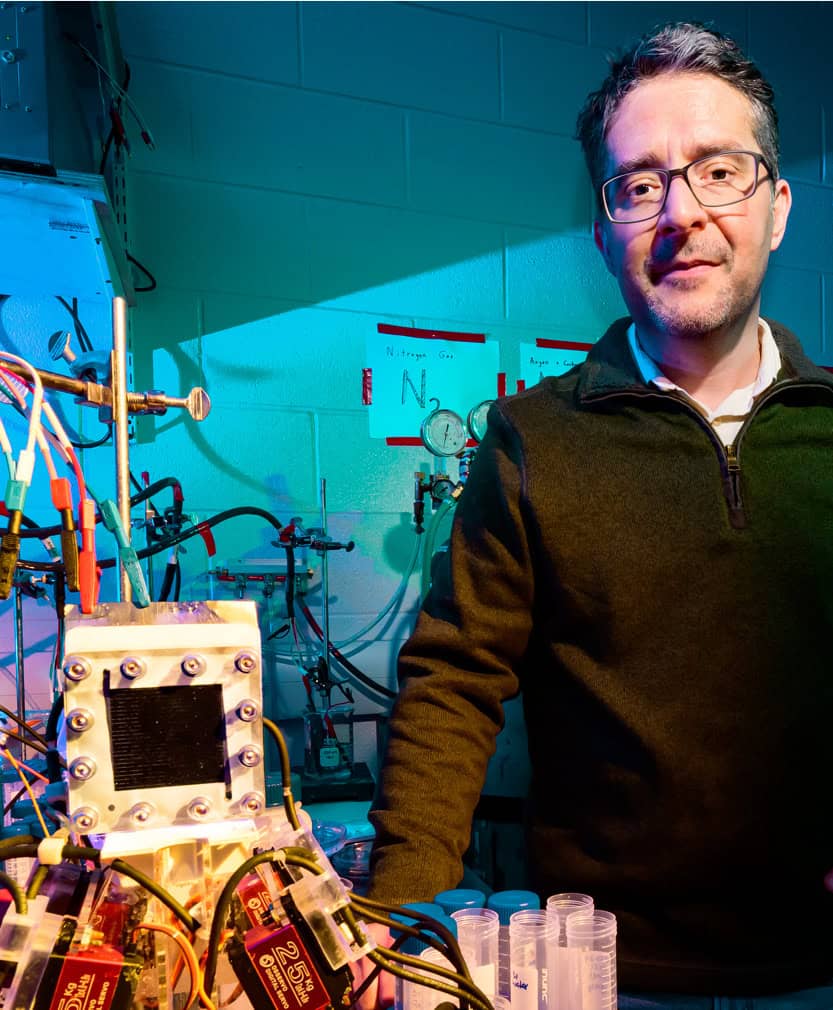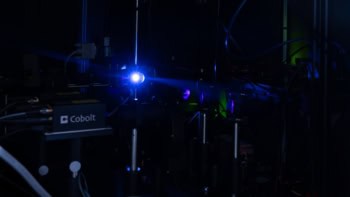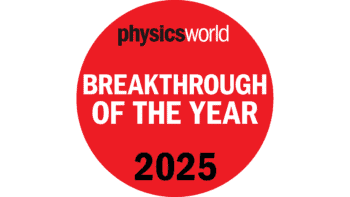Available to watch now, explore how batteries can desalinate water and capture carbon dioxide
Want to learn more on this subject?

With increased water scarcity and global warming looming, electrochemical technology offers low-energy mitigation pathways via desalination and carbon capture. This webinar will demonstrate how the less than 5 molar solid-state concentration swings afforded by cation intercalation materials – used originally in rocking-chair batteries – can effect desalination using Faradaic deionization (FDI). We show how the salt depletion/accumulation effect – that plagues Li-ion battery capacity under fast charging conditions – is exploited in a symmetric Na-ion battery to achieve seawater desalination, exceeding by an order of magnitude the limits of capacitive deionization with electric double layers. While initial modeling that introduced such an architecture blazed the trail for the development of new and old intercalation materials in FDI, experimental demonstration of seawater-level desalination using Prussian blue analogs required cell engineering to overcome the performance-degrading processes that are unique to the cycling of intercalation electrodes in the presence of flow, leading to innovative embedded, micro-interdigitated flow fields with broader application toward fuel cells, flow batteries, and other flow-based electrochemical devices. Similar symmetric FDI architectures using proton intercalation materials are also shown to facilitate direct-air capture of carbon dioxide with unprecedentedly low energy input by reversibly shifting pH within aqueous electrolyte.
Want to learn more on this subject?

Kyle C Smith joined the faculty of Mechanical Science and Engineering at the University of Illinois Urbana-Champaign (UIUC) in 2014 after completing his PhD in mechanical engineering (Purdue, 2012) and his post-doc in materials science and engineering (MIT, 2014). His group uses understanding of flow, transport, and thermodynamics in electrochemical devices and materials to innovate toward separations, energy storage, and conversion. For his research he was awarded the 2018 ISE-Elsevier Prize in Applied Electrochemistry of the International Society of Electrochemistry and the 2024 Dean’s Award for Early Innovation as an associate professor by UIUC’s Grainger College. Among his 59 journal papers and 14 patents and patents pending, his work that introduced Na-ion battery-based desalination using porous electrode theory [Smith and Dmello, J. Electrochem. Soc., 163, p. A530 (2016)] was among the top ten most downloaded in the Journal of the Electrochemical Society for five months in 2016. His group was also the first to experimentally demonstrate seawater-level salt removal using this approach [Do et al., Energy Environ. Sci., 16, p. 3025 (2023); Rahman et al., Electrochimica Acta, 514, p. 145632 (2025)], introducing flow fields embedded in electrodes to do so.



